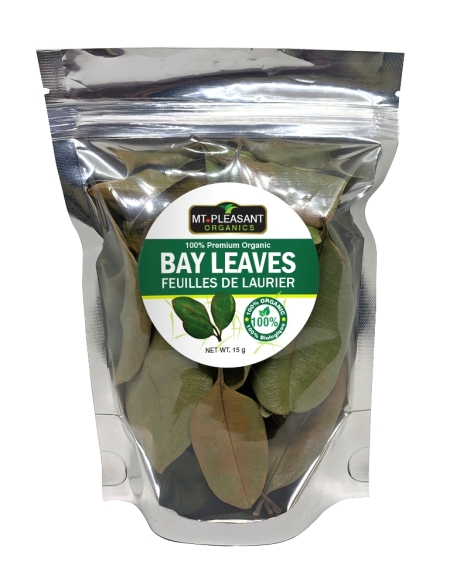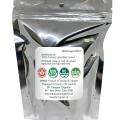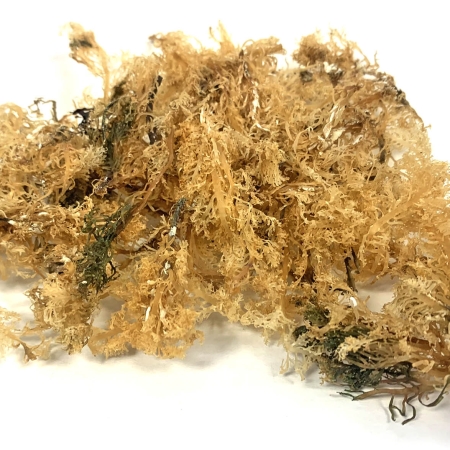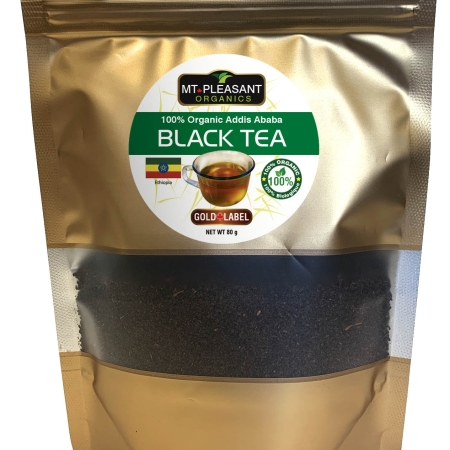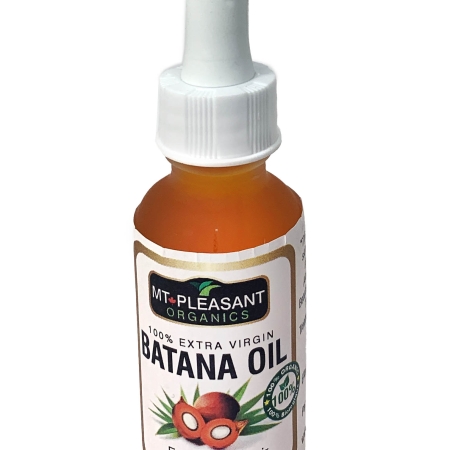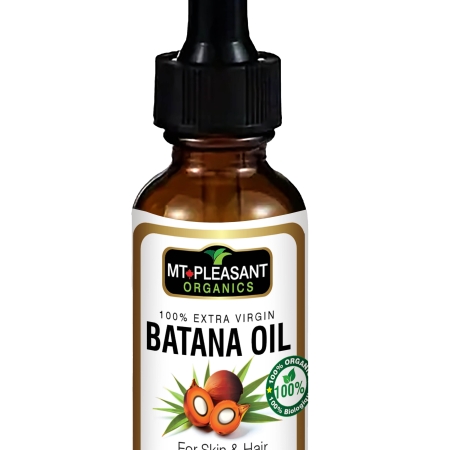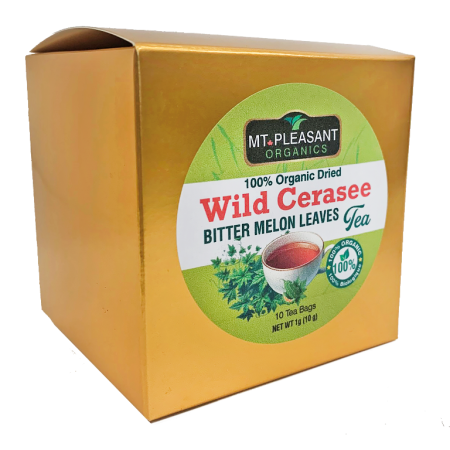Description
Bay leaves, commonly used as a culinary herb, are known for their distinct aroma and flavor. While primarily used to enhance the taste of various dishes, bay leaves also offer potential health benefits.
Here are some of the benefits associated with bay leaves:
Digestive Health: Bay leaves contain compounds that may aid digestion and relieve digestive discomfort. They can help reduce gas, bloating, and indigestion when consumed as part of a meal.
Antioxidant Properties: Bay leaves contain antioxidants such as vitamin C, vitamin A, and various phytonutrients. These antioxidants help neutralize harmful free radicals in the body, protecting cells from oxidative damage and reducing the risk of chronic diseases.
Bay leaves are a versatile herb used in cooking to add flavor to various dishes.
Here are some tips on how to use bay leaves effectively:
Bay Leaves Recipes –
Types of Dishes:
1.Soups and Stews:
Add 1-2 whole bay leaves to soups, stews, and broths at the beginning of cooking.
Remove the bay leaves before serving, as they remain tough even after cooking.
2. Casseroles and Braises:
Incorporate bay leaves into casseroles and braised dishes for a rich, aromatic flavor.
Use 1-2 leaves depending on the quantity of food.
3. Sauces:
Add a bay leaf to tomato sauces, béchamel, or curry sauces to enhance depth of flavor.
Simmer with the sauce and remove before serving.
4. Rice and Grains:
Place a bay leaf in the pot when cooking rice, quinoa, or other grains for added aroma.
Remove the leaf before eating.

